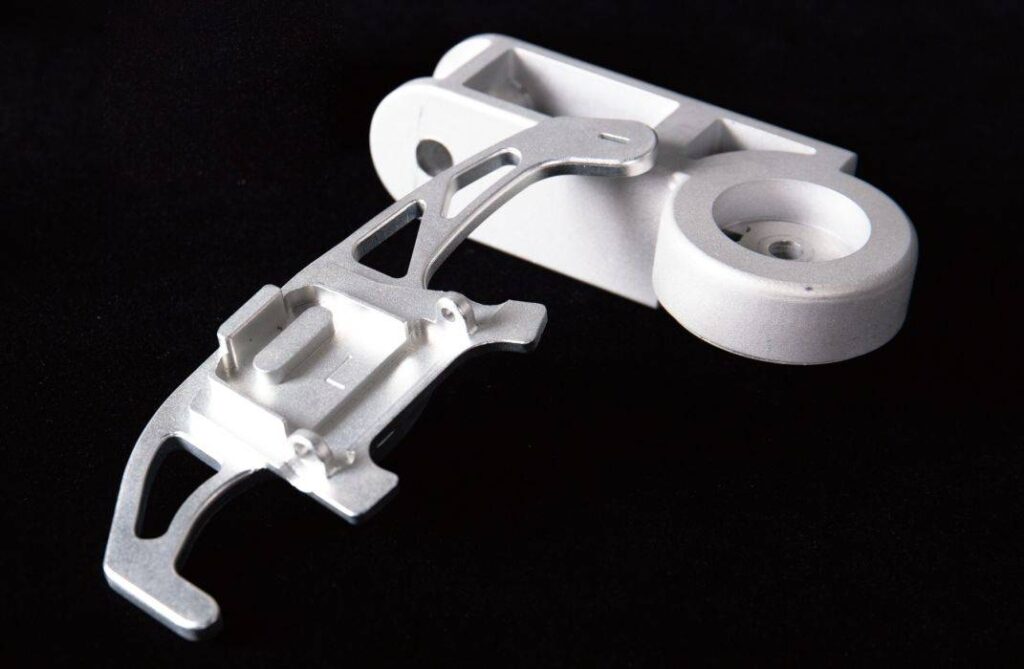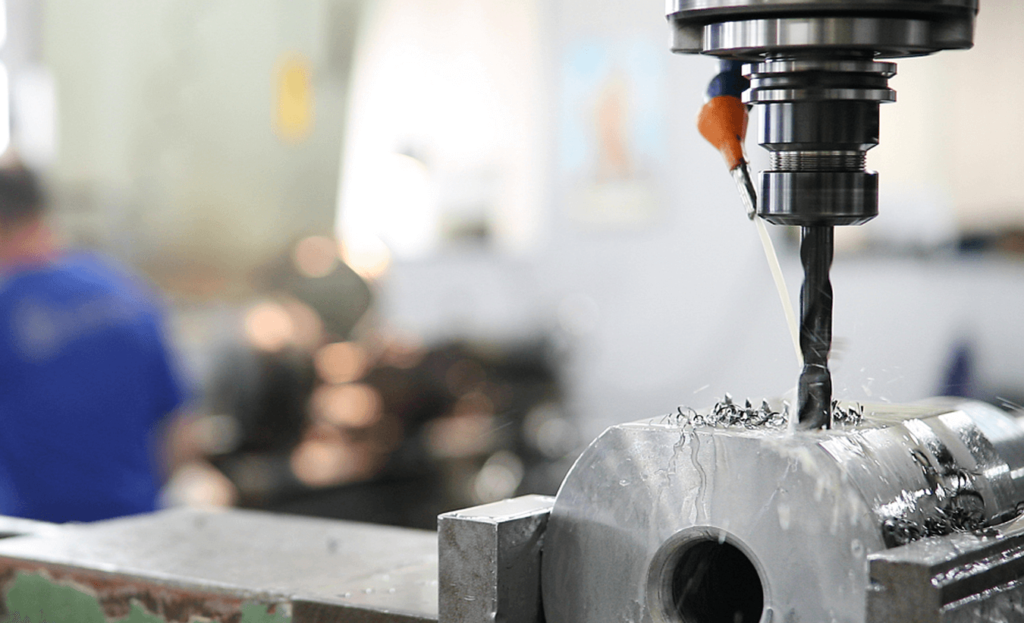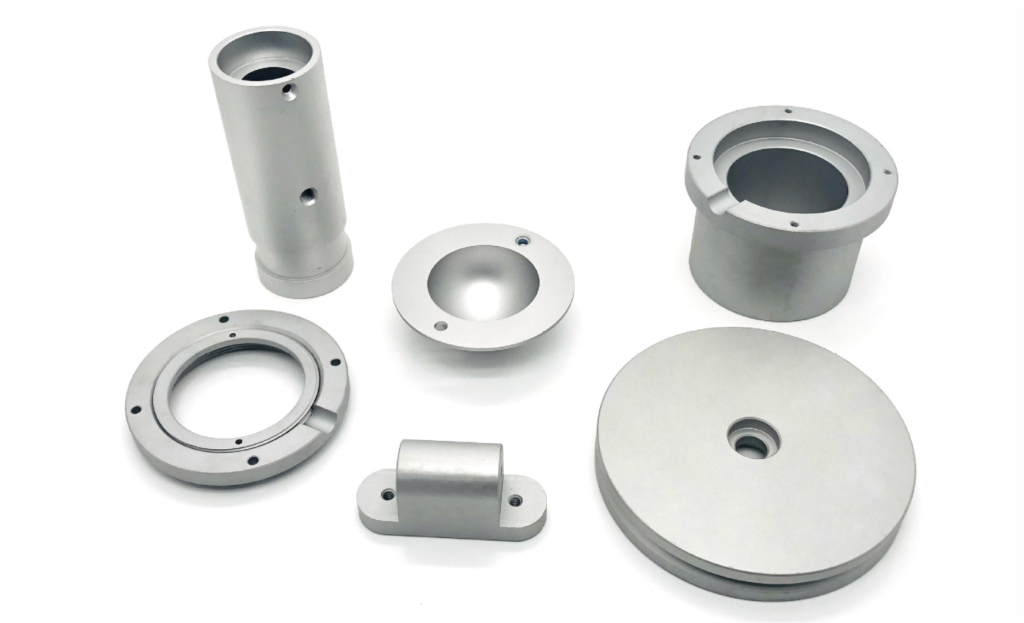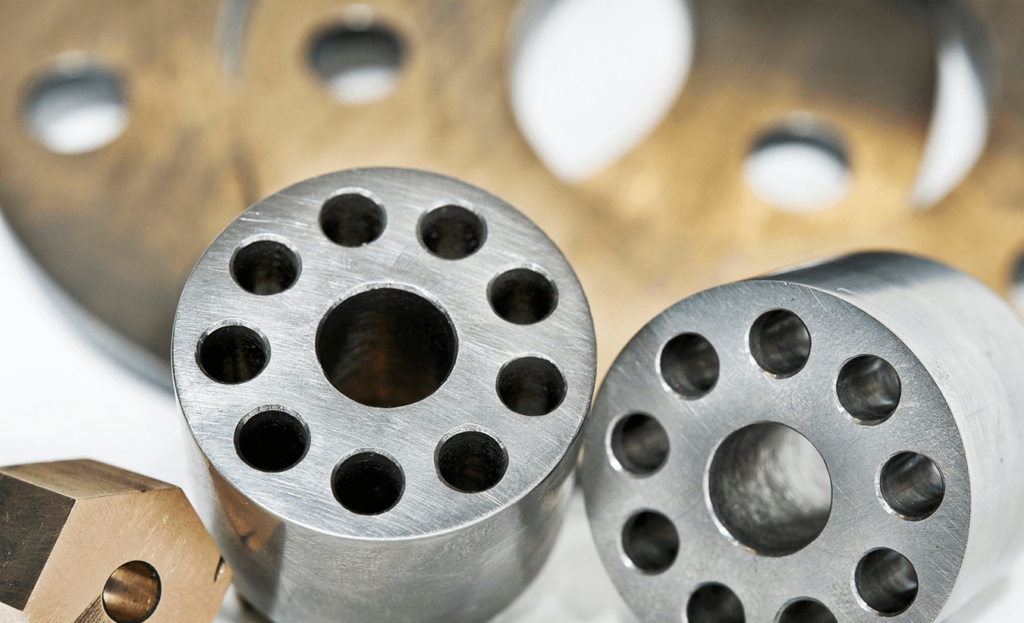General CNC machining usually refers to the digital computer control of precision machining, CNC machining lathes, CNC milling machines, and CNC machining boring and milling machines.
CNC, also known as computer gongs, CNCCH or NC machine tool is actually Hong Kong there’s a term, then was introduced into China, the pearl river delta is CNC milling machine, and in Jiangsu area to be called “CNC machining center” a kind of mechanical processing, is a new processing technology, the main job is processing program, the original manual work to computer programming. Of course, manual processing experience is required.
The advantages of CNC machining
- greatly reduce the number of tooling, processing of complex shape parts does not need complex tooling. If you want to change the shape and size of parts, you only need to modify parts processing procedures, suitable for new product development and modification.
- stable processing quality, high processing accuracy, high repetition accuracy, adapt to the aircraft processing requirements.
- the production efficiency is higher under the condition of multiple varieties and small batch production, which can reduce production preparation time, machine tool adjustment, and process inspection, and reduce the cutting time due to the use of the best cutting quantity.
- can be processed by conventional methods difficult to process the complex surface, and even some processing parts can not be observed.
- The disadvantage of CNC machining is that the cost of machine tools and equipment is expensive, and maintenance personnel are required to have a high level.
In addition to providing users with 3D printing services, Aria manufacturing can also provide injection molding, silicone mold, and CNC manufacturing services, among which the main materials of CNC processing are as follows:
Aluminum 6061

6061 aluminum alloy is a high-quality aluminum alloy product produced by heat treatment and pre-drawing process. Although its strength can not compare with the 2XXX or 7XXX series, its magnesium and silicon alloy have many characteristics.
It has excellent processing performance, excellent welding characteristics and electroplating, good corrosion resistance, high toughness, and no deformation after processing, material density without defects and easy polishing, easy coloring film, excellent oxidation effect, and other excellent characteristics.
Aluminum 7075

7075 aluminum alloy is a cold-treated forging alloy, high strength, and far better than mild steel. 7075 is one of the strongest alloys commercially available.
Ordinary corrosion resistance, good mechanical properties, and anode reaction. Fine grains allow for better deep drilling performance, enhanced tool wears resistance, and a more distinctive thread was rolling.
Pure copper

Pure copper (also known as red copper) is a ductile metal with excellent electrical conductivity and a rose-red surface. It is not pure copper, it contains 99.9% copper, and some other elements are added to improve the surface and properties.
It has good electrical conductivity, thermal conductivity, ductility, profound impact, and corrosion resistance.
Copper is second only to silver in conductivity and thermal conductivity, and is widely used to produce electrical and thermal conductive equipment. Copper has good corrosion resistance in air, seawater, and some non-oxidizing acids (hydrochloric acid, dilute sulfuric acid), alkali, salt solution, and a variety of organic acids (acetic acid, citric acid) used in the chemical industry.
It has good weldability and can be made into various semi-finished products and finished products by cold and thermoplastic processing. In the 1970s, the production of red copper surpassed the total production of all other copper alloys.
Brass

Brass is an alloy of copper and zinc, consisting of copper, zinc, and brass are called common brass.
It has high strength, hardness, and strong chemical resistance. The mechanical properties of cutting are also outstanding.
Brass has strong wear resistance. Special brass is also called special brass, and it has high strength, hardness, and chemical solid corrosion resistance. The mechanical properties of cutting are also outstanding. Seamless copper tube is drawn by brass, soft quality, strong wear resistance.
45 # steel

45 steel is the name of GB, also called “oil steel”, the steel has higher strength and better machinability.
It has high strength and good machinability. After proper heat treatment, it can obtain certain toughness, plasticity, and wear resistance. It is suitable for hydrogen welding and argon arc welding with a convenient material source.
40Cr Steel

40Cr is the standard steel number of GB in China. 40Cr steel is one of the most widely used steels in the machinery manufacturing industry.
It has good comprehensive mechanical properties, good low-temperature impact toughness, and low notch sensitivity. The steel has good hardenability and is suitable for cyanidation and high-frequency quenching in addition to quenching and tempering. Good cutting performance.
Q235 Steel

Q235 steel is a carbon structural steel; Q in its steel number stands for yield strength. Normally, the steel is used without heat treatment.
With the increase in the thickness of the material, the yield value will be reduced. Because the carbon content is moderate, the comprehensive performance is better, and the strength, plasticity, and welding properties are better matched, and are the most widely used.
SUS304
SUS304 refers to 304 stainless steel with good processing performance, and high toughness characteristics.

Good corrosion resistance, heat resistance, corrosion resistance, low-temperature strength, and mechanical properties, stamping bending and other thermal processing, no heat treatment hardening phenomenon, no magnetic.



